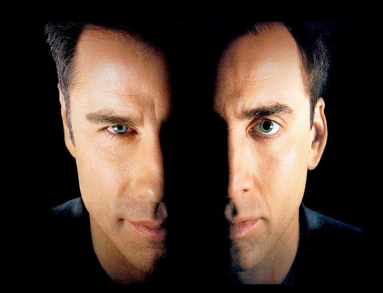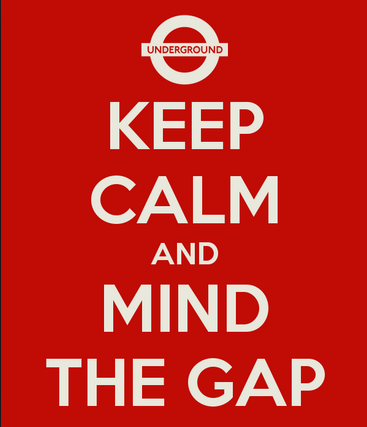We need to become really worried over our potential to galvanize growth again, across many of our economies. There is this growing feeling that in Europe, perhaps even the United States, we are in for a prolonged drawn out ‘slump’ with the possibilities of a Japanese-style lost decade.
Crash austerity programmes are compounding deeper economic problems and we need to find ways to create more demand, yet it does seem our current approaches are placing increasing constraints on solving this growth need. Of course, the public debt to GDP for many countries is alarming but if you can’t fix the problems with achieving growth, you just get further into debt.
It seems as the predicted ‘inflows’ continue to fall below the forecasted ones you are forced into borrowing more to even support the existing environment. This adds further struggles to hold onto some of the essential services we require to function and we seem to continue downwards in a collapsing spiral.
We are suffering from those evil twins, a lack of fresh investments and bold innovation, which are failing, by not doing the essential job of promoting growth, of leading demand, of creating the new wealth we desperately need.
The scale of our needs requires a different type of engagement, up and down our society; we need a new set of norms otherwise we will continue to witness some extremely painful adjustments across large parts of society.
Engagement means different things to different people
Continue reading “Seeking engagement through innovation to galvanize growth”

